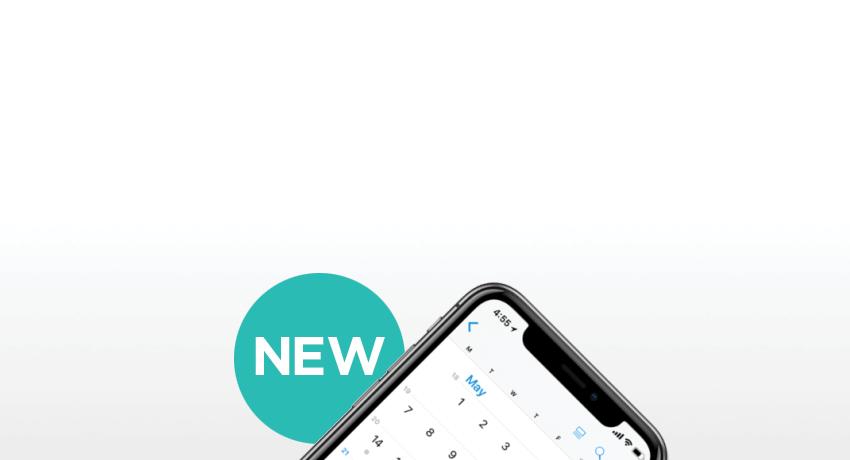A test that measures the level of acid in your esophagus.
What is the Bravo pH monitoring system?
The Bravo pH system consists of a capsule, approximately the size of a gel cap, that is temporarily attached to the wall of your esophagus. The capsule measures pH levels in your esophagus and transmits this information wirelessly to a portable receiver that you will wear for 48 or 96 hours depending on the study your provider ordered. This test measures the level of acid in your esophagus and will help your doctor to determine if you have GERD (gastroesophageal reflux disease) and plan your treatment.
What should I expect during a Bravo pH test?
Plan to spend 60 to 90 minutes at the endoscopy center the day of your Bravo pH procedure. You will sit or lie back while your doctor slides the pH capsule into the esophagus. After the capsule is in place, suction is applied to attach the capsule to the wall of the esophagus. There may be some discomfort during this portion of the test, but it generally takes less than a few minutes.
As soon as the capsule is attached, it begins measuring the pH levels in your esophagus and sending that information to the receiver. The capsule and receiver must be within 3 feet of each other to accurately measure and record your pH levels.
The receiver is about the size of a computer mouse and has three symptom buttons. You will be instructed on when to press the appropriate button during the study when you experience heartburn, regurgitation, or chest pain. You will also record periods of eating and sleeping in a diary throughout the test. You can go about your daily routine without any restrictions.
You may experience a vague sensation that something is in your esophagus or feel the capsule when you eat or when food passes the capsule. Chewing food carefully and drinking liquids may minimize this sensation.
What should I expect after the Bravo pH test?
When the pH study is complete, you will return the receiver and diary to your doctor's office. The information stored in the receiver will be uploaded to a computer. Your doctor will analyze your results to determine if you have acid reflux and plan the treatment for your heartburn symptoms. The disposable capsule will spontaneously detach and pass through your digestive system a few days after the test period.
What are the possible complications of Bravo pH test?
If you have a bleeding tendency, narrowing of the esophagus, severe irritation of the esophagus, varices, obstructions, a pacemaker, or an implantable cardiac defibrillator, you should not undergo a Bravo pH test. Additionally, because the capsule contains a small magnet, you should not have an MRI study within 30 days of undergoing the Bravo pH test.
Although serious complications are rare, any medical test has the potential for risks. Risks include the capsule detaching from the esophagus before the test is complete, the capsule may fail to detach from the esophagus within several days after placement, there may be discomfort associated with the pH capsule requiring endoscopic removal, tears in the lining of the esophagus causing bleeding and requiring possible medical intervention and perforation.
Additional Resources:


